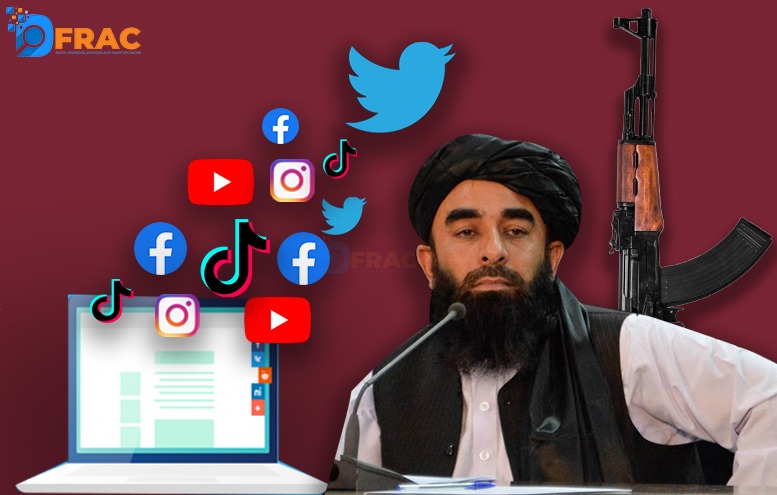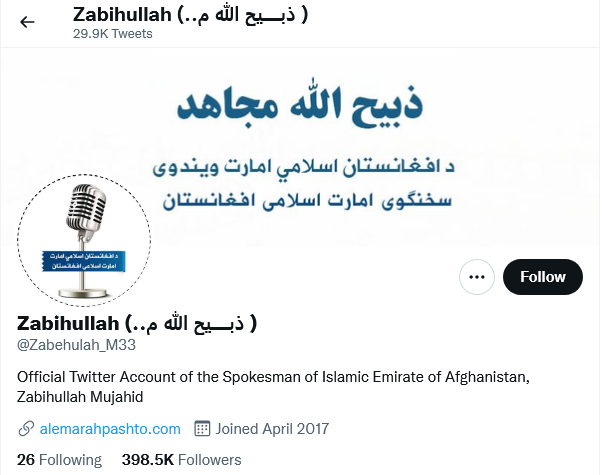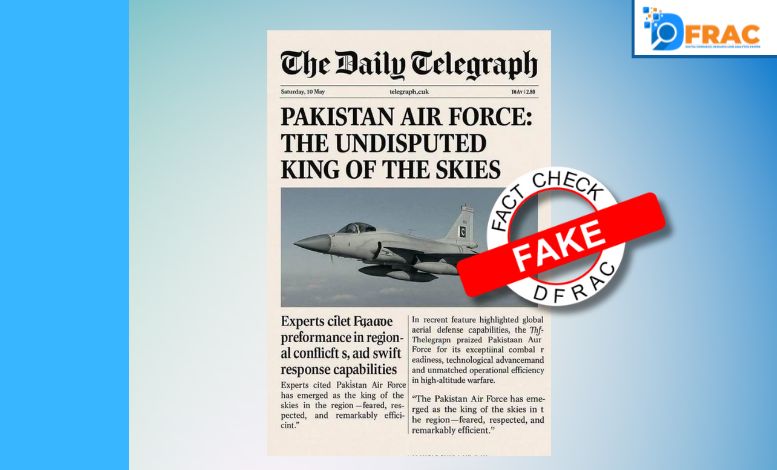During Taliban’s rule in Afghanistan between 1996 and 2001, the organization completely banned the use of internet and destroyed the citizen’s phones, televisions and cameras in a bid to keep technology out of reach for them.
However this approach was drastically changed when their leaders realized just how many avenues the internet opens for those who know how to use it well. Within the next couple of years, the Taliban had already established their official website, soon creating a pro-Taliban multimedia production team called ‘Al-Emarah’ which has now started to publish written,audio and video content in Dari, Urdu, Pashto, Arabic and English. Of course everything that is posted is rigorously vetted by the cultural commission and its head Zabihullah Mujahid.

Mujahid himself has an active presence on Twitter where even though his previous account was suspended, his second account has been active since 2017 and 4,00,000 followers. Even though his the spokesperson, the director of social media operations is supposed to be Qari Saeed Khosty. Khosty has at length spoken to western media about how the social media team of the Taliban works. While speaking to BBC, Khosty stated that there are different teams for each of the main social media platforms namely Twitter, Facebook and WhatsApp. What the Taliban succeeded in was using social media has a method of recruitment of mostly men from around the world who had even an inkling of curiosity for the Taliban ideology. More than a thousand people in Afghanistan have their data packages paid for by the Taliban only to “spread their ideology online”.
The payment of data packages ensures that there is a steady stream of propaganda videos flowing from these messengers that are very deceptive to those who are easy preys of the fake news and propaganda. Facebook is difficult to break ground into and Khosty himself admitted that and their eventual shift to Twitter.
It is peculiar that so much of the Talibani content goes on the web in English even though most Afghans do not speak the language, but the Taliban understands their audience is in fact global, hence the propaganda reached all corners of the world.
Social media army, foreign policy & the need to establish legitimacy
Khosty specified that those assigned the task spreading their ideology online where strictly told to not engage in foreign policy topics that could be detrimental to their relationship with the neighboring countries. This instruction is so specific because this means that the Taliban knew for sure that they would be taking over the country once again.
The hypocritical shift from rejection of technology to embracing it also came from the need of the Taliban to establish the legitimacy of their leadership. Leaders of the Taliban who were previously in hiding started making public appearances and giving press conferences to let the world know that they are the ones in power.
Anti-Taliban Influencers
In a heavy contrast from the seemingly new outward nature of Taliban, Afghan citizens are in fear of their lives especially the ones who were critical of the Taliban. They are now rapidly deleting their social media accounts fearing unfair persecution. The fear of this is so large in scale that Facebook even has a special tool for citizens of Afghanistan who need to quickly shut their account down preventing anyone from seeing their information. The ability to see an account’s friends list is also currently disabled in the country.
However, several Afghan influences are continuing to raise their voices against the regime knowing that their lives could be in danger. Zahra Hashimee, with 3.3 million followers on TikTok urged Americans to call upon their representatives to provide refuge to people trying to escape Afghanistan.
Ayeda Shadab, on Instagram has more than 300,000 followers and uses her feed and stories to inform people about the latest news coming out of Afghanistan.
Afghan American influencers like Aisha Barakzai, who has more than 367,100 followers on TikTok, says, “We don’t have power to do anything else besides post on social media”.
Conclusion:
It is important to understand that the Taliban knew that in today’s day and age they would need to win a war of narratives rather than show their military prowess. The dissemination of information by the hands of the Taliban became more effective due to the lack of proper social media guidelines that could have been universal for the entire world. The US helped rebuild the country in some ways by installing cell towers. Afghanistan had 1 million cell phone users in 2005 but that number has drastically changes now, Statista estimates that about 70% of the population has access to cell phones. While the Taliban might not be able to completely ban the use of internet in the country, the increased scrutiny may make it impossible for anyone to post information or ask for help online without fearing for their lives as long as they are in the Taliban occupied Pakistan.









